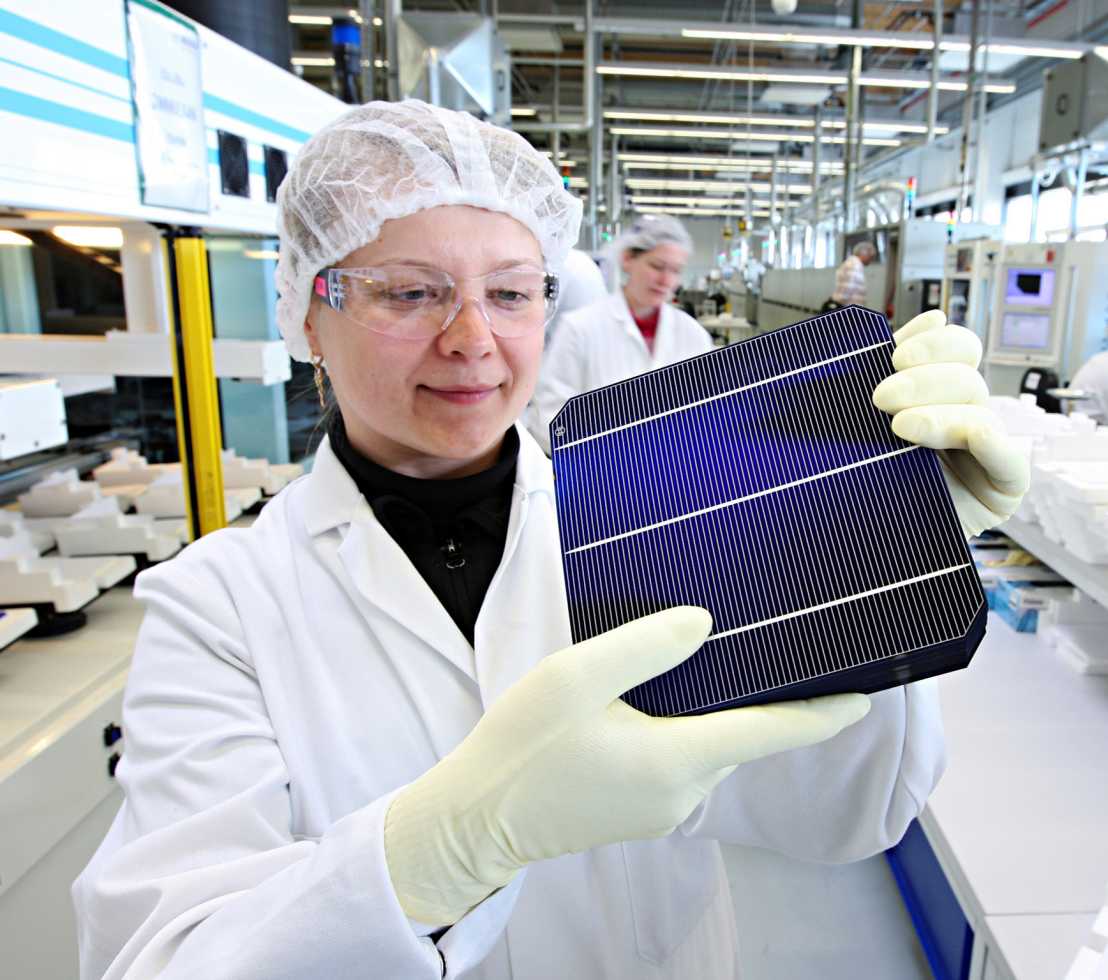Innovation Policy

Technological innovation is at the core of economic welfare and the competitiveness of nations. Therefore, the question how policy makers can accelerate and direct technological change is of large interest to scholars and practitioners alike.
SusTec research investigates the impact of policies on firm strategies and technological change to draw conclusions about the efficiency and effectiveness of alternative policy designs. The focus is on investigating policies for carbon abatement and energy technologies.
Key findings:
- Advances in machine learning, specifically large language models (LLMs), offer unique opportunities for monitoring climate technology innovation. By analyzing large pools of unstructured text data sources, such as company reports and social media, LLMs can automate information retrieval processes and thereby improve existing monitoring in terms of cost-effectiveness, timeliness, and comprehensiveness (Download Toetzke et al., 2023).
- Governments globally aim to drive sustainability through policy mixes combining technology-push and demand-pull instruments, incorporating objectives like job and industry creation. Using an agent-based model focused on the German solar photovoltaics system, we evaluated 45 variations of historical policy mixes to uncover insights into designing effective strategies for technology adoption, industry dynamics, international spillovers, and trade (Download Nuñez-Jimenez et al., 2022).
- Global efforts must urgently focus on boosting the development and global dissemination of climate change mitigation technologies to achieve net-zero emissions. Despite a promising annual growth rate of 10% in high-value inventions related to climate change mitigation technologies from 1995 to 2012, a subsequent decline of around 6% annually from 2013 to 2017, attributed to factors like falling fossil fuel prices and technological maturity, underscores the need for renewed innovation and international collaboration in the face of environmental challenges (Download Probst et al., 2021).
- Policy makers face a tradeoff between promoting environmental innovation and inducing growth in domestic industries because knowledge spillovers, on the one hand, enhance the effectiveness of policy interventions, while on the other, lower the possibility that policy support only benefits domestic firms (Download Hoppmann, 2016).
- Policy makers interested in boosting their own country’s competitiveness may design policy interventions in such a way that knowledge spillovers are limited to domestic companies, for example, by supporting technologies that involve more tacit knowledge (Download Hoppmann, 2016).
- A cost-efficient demand-pull strategy for multi-purpose technologies with varying profitability across applications can be achieved by sequentially supporting applications based on their smallest profitability gap (Download Battke and Schmidt, 2015).
- Demand-pull and technology-push policies reduce firms’ search scope for new knowledge; technology-push policies increase and demand-pull policies reduce a firm’s search distance (Download Hoppmann et al., 2015).
- Demand-side innovation policies serve different functions for technologies with different characteristics: For mass-produced goods, demand-pull policies are important to achieve economies of scale and learning by doing, for complex products they enable user-producer interactions (Download Huenteler et al., 2016).
Contact
If you would like to receive more information or have questions on this topic, please contact one of the following experts: